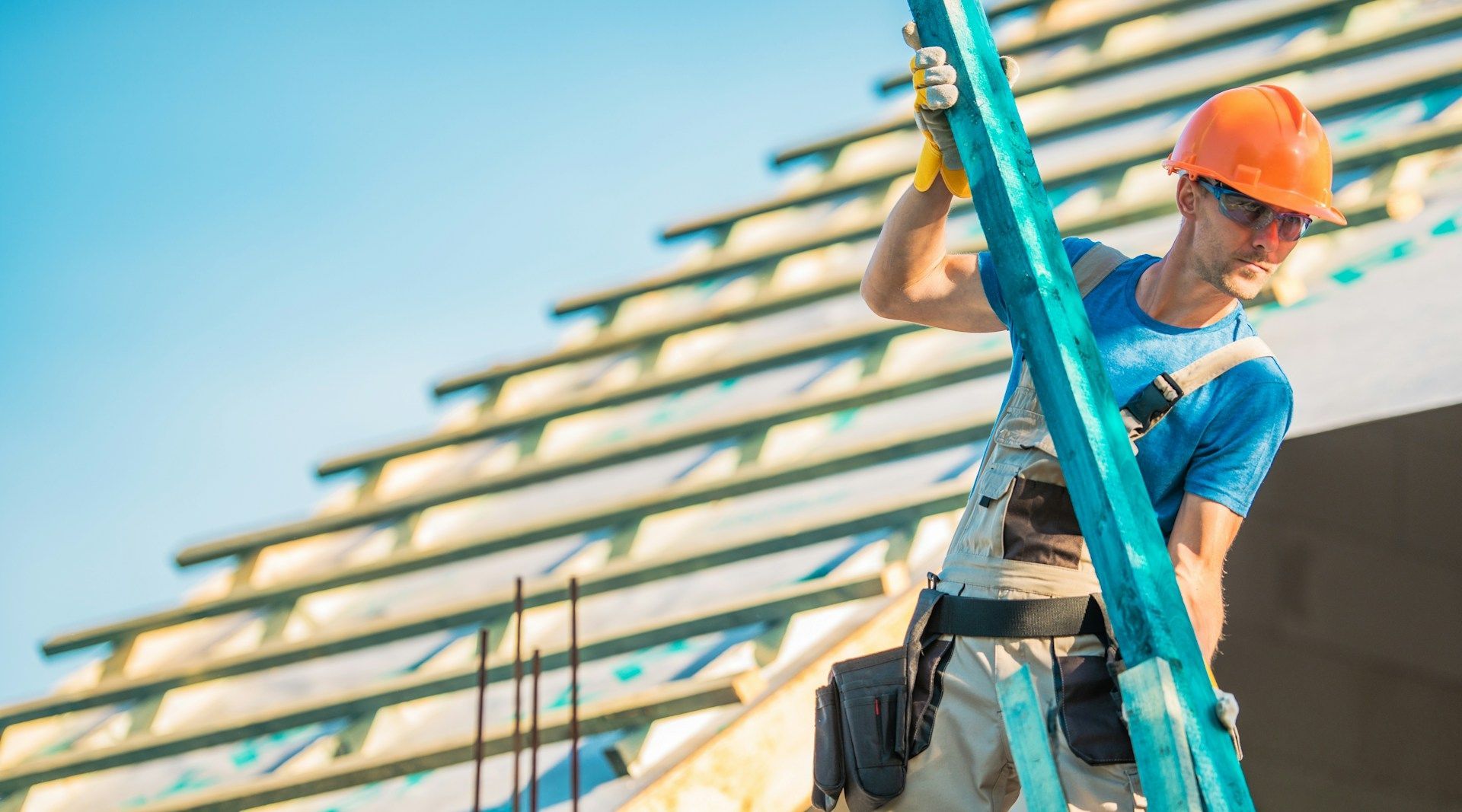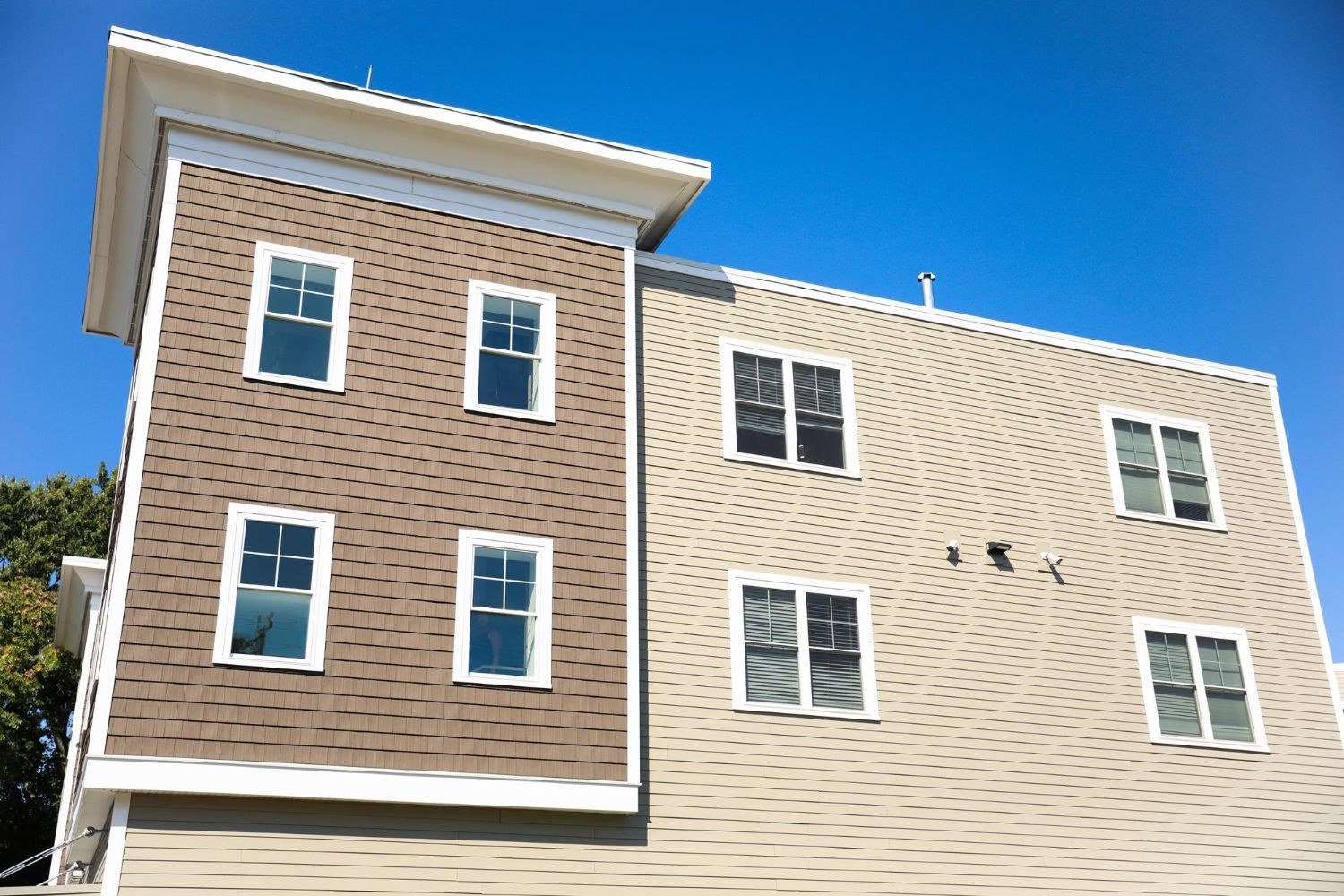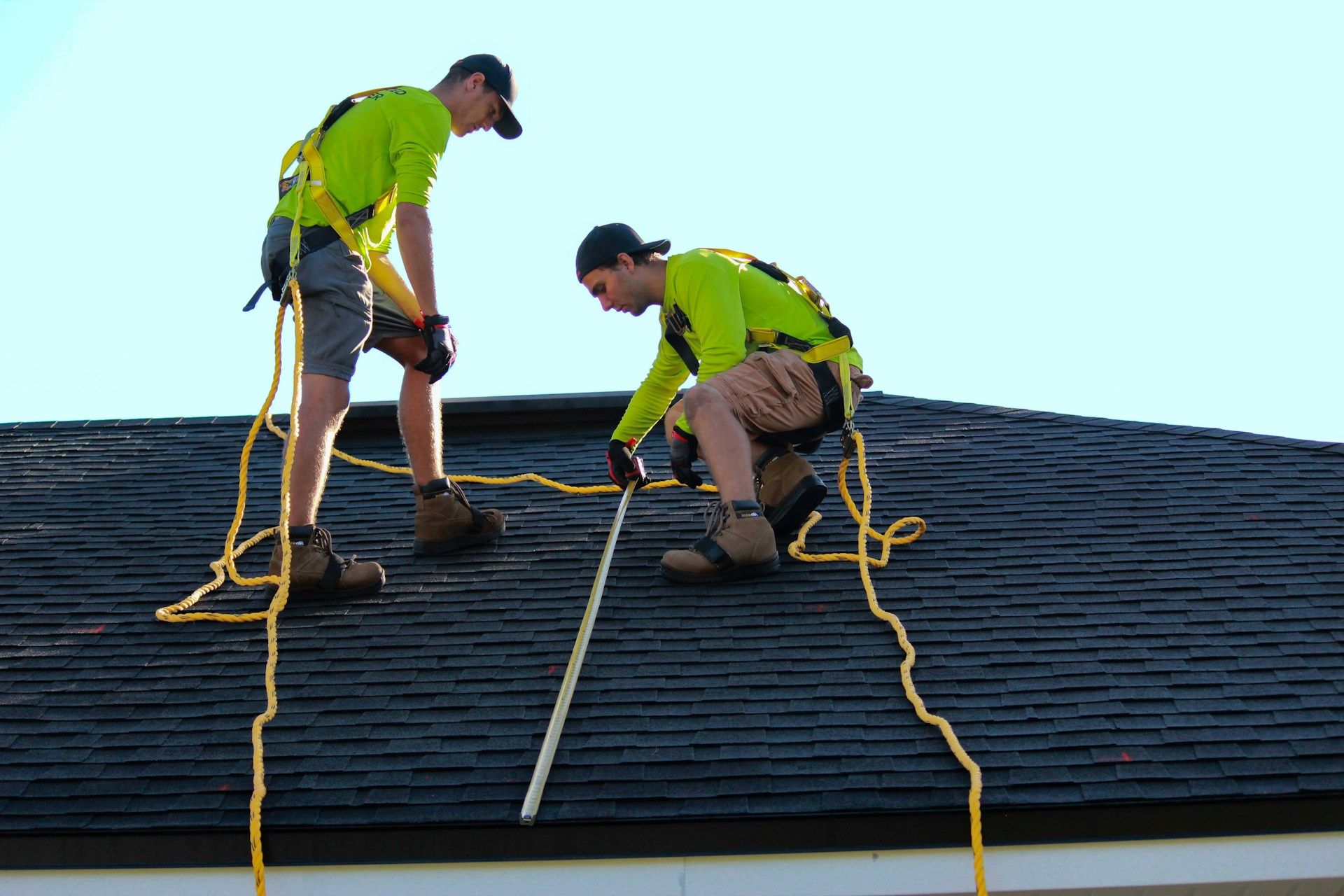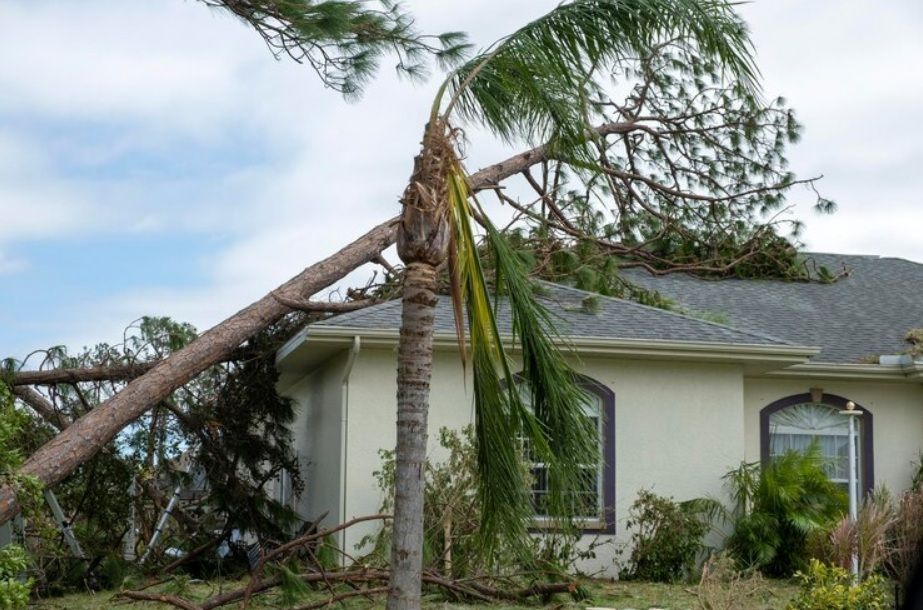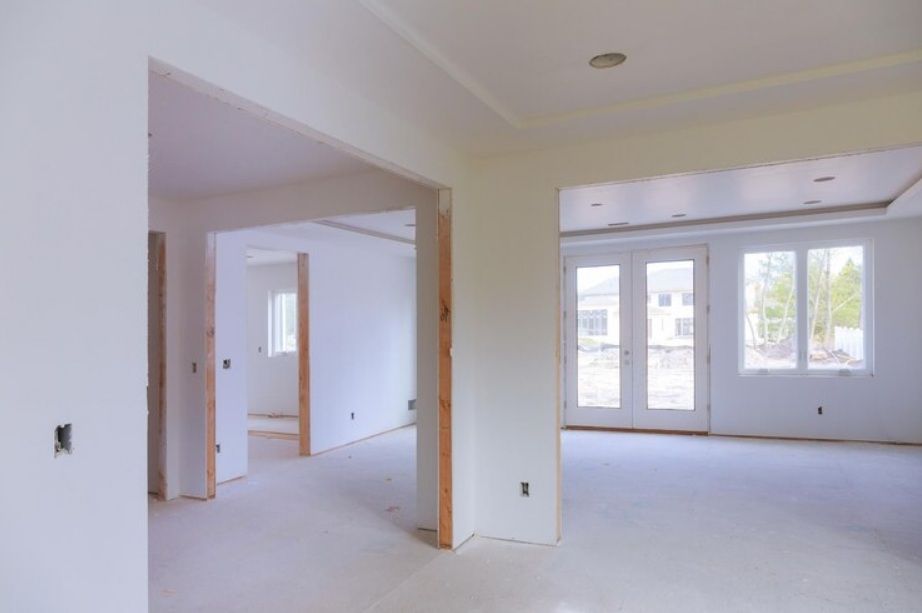Solutions for Winter Roof Problems in East Chicago
East Chicago winters are no joke. Between lake-effect snow, freezing rain, and harsh winds, homes take a real beating once the cold sets in. At the top of the damage list? Your roof. While it’s the first line of defense against the elements, it’s also one of the most vulnerable. When temperatures drop and storms roll in, even the smallest issues can grow into bigger problems fast.
The good news is winter roof problems often follow familiar patterns. That means with some awareness and care, you can spot trouble early and take steps to limit serious damage. Whether it's leaks sneaking in from ice buildup or snow sitting too long in weak spots, knowing what to watch for makes a big difference as you head into another cold season.
Common Winter Roof Problems
When it comes to winter roofing issues in East Chicago, some challenges come up over and over. Cold weather doesn’t just mean snow. It brings a mix of moisture, freezes, thaws, and extra weight. These conditions all take a toll on roof materials that are already aging or stressed.
Here are a few common problems that show up when the temperature drops:
- Ice dams:
These form when warm air escapes through the roof and melts snow, which then refreezes at the lower edges. That ice blocks water from draining properly, which can back up under the shingles and cause slow leaks.
- Heavy snow loads: Too much snow sitting on the roof puts a lot of pressure on the decking and support structure, especially if it gets wet and packed. This weight may cause sagging or even small shifts that open up weak spots.
- Freeze-thaw cycles: Water that seeps into cracks or gaps can freeze overnight, expanding as it turns to ice. That repeated movement widens small problems into much larger ones over time.
- Clogged gutters: If gutters are packed with leaves or frozen solid, melted snow on the roof has nowhere to go. It can pool around edges and ridges, soaking into areas that were never meant to handle standing water.
You might not notice these issues right away, but over weeks or months, they leave signs. Brown spots on ceilings, peeling paint near attic spaces, or even icicles hanging from unusual places could be early warning signals. One East Chicago homeowner noticed water stains on a second-floor bedroom wall in March, only to discover an ice dam had been forming unseen since early February. By the time he caught it, insulation was soaked and part of the drywall had to be replaced. Catching these problems early can save a lot of unnecessary damage.
Preventative Measures for Winter Roof Problems
Addressing problems ahead of time works better than reacting after they’ve already caused damage. In East Chicago, roof preparation is best done during fall or in the early days of cold weather, before snow begins to stick and ice becomes a problem.
Here are a few steps homeowners can take to help reduce winter roofing issues before they begin:
1. Get a professional roof inspection:
Before winter hits hard, professional eyes can spot issues you might miss. Loose flashing, worn shingles, soft spots, or areas where drainage may back up are easier to fix before the cold sets in.
2. Clean out gutters and downspouts:
Leaves, twigs, and leftover autumn debris can block water flow. Clearing them out helps snowmelt move safely off your roof and away from your home’s foundation.
3. Check for attic insulation and ventilation:
A warm attic might sound good in winter, but too much heat in this space can melt rooftop snow unevenly and create ice dams. It’s better to keep attic temperatures close to outside levels by making sure vents are clear and insulation is evenly spread.
4. Trim nearby tree branches:
Heavy snow can bring down limbs on top of homes, especially those that stretch out over the roof. Keeping trees trimmed back reduces the risk of sudden impacts that can crack shingles or gutters.
5. Seal gaps and openings:
Flashing around chimneys, vents, and skylights should be checked and sealed if worn. Even tiny cracks can let in water once snow starts melting over warmer roof spots.
Taking these steps means a lower chance of surprise leaks, heat loss, or emergency repairs in the middle of winter. It’s a small effort with big benefits when East Chicago streets start freezing over.
Quick Fixes for Immediate Issues
Even when prepared, winter can still throw a curveball. If a problem hits mid-season, moving fast can stop it from spreading. You don’t need to do everything yourself. It’s about taking temporary steps while waiting on professional help to get it repaired correctly.
If you spot an ice dam forming at your roof’s edge, don’t ignore it. Positioning a calcium chloride ice melt product inside a cloth bag and placing it across the ice can create a channel for water to drain. Avoid hitting it with tools which could damage your shingles.
For minor leaks inside, place buckets or towels under the drips to prevent damage to your flooring. If safe, head to the attic and try to trace the leak. Temporary roofing tape or a patch can help slow the water until your roofer can safely take a look.
Additional quick fixes include:
- Using a roof rake from the ground to remove heavy snow
- Checking attic insulation to stop excess heat loss
- Clearing drains at the base of gutters so melting snow has an outlet
- Watching flashing around chimneys and roof vents after big storms
These are short-term actions that help protect the interior of your home and reduce stress to the roof structure. They’re not permanent repairs, but they keep things under control while waiting on safe conditions for thorough fixes.
Long-Term Solutions for Winter Resilience
If your roof has struggled through more than one winter, it might be time to think about lasting improvements. These aren’t just patches. They’re upgrades that make your home better equipped to face what East Chicago winters throw at it year after year.
For one, the type of roof materials matter. Shingles made for harsh winter climates are less likely to crack or warp under pressure. Many homeowners also look into metal roofing, which helps snow slide off easier and stands up better to freeze-thaw cycles.
Ventilation inside the attic also plays a big role. Improving airflow reduces moisture buildup and keeps the roof temperature consistent, helping prevent ice dams and water damage. A balanced combination of insulation and venting keeps problems from forming in the first place.
Some long-term upgrades to explore include:
- Replacing underlayment with ice-and-water shield products
- Installing ridge vents or soffit vents to balance attic temperature
- Choosing architectural shingles or alternatives designed to hold up under snow loads
- Adding heat cable in gutter lines to help snowmelt drain before it freezes
Making these changes does mean some investment upfront, but they significantly reduce the chance you’ll be facing the same leaks, sagging, or emergency calls every winter. It’s about getting ahead of the stress instead of battling it every year.
Staying Warm and Worry-Free All Winter
Harsh East Chicago winters can test any rooftop. When snow builds up, temperatures dip, and the wind starts howling, your roof needs to hold strong. If it doesn’t, life inside your home gets uncomfortable fast.
Staying ahead of winter roof problems puts you in a better place. Catching issues early, having a few fast-response tricks ready, and making smart upgrades puts the odds in your favor. It gives you confidence that your family will stay dry and warm until spring returns.
With your roof ready for the season, you can set the shovel down and relax a bit more, knowing your home is set to handle whatever winter has in store. In a place like East Chicago, that kind of peace of mind is worth every bit of the effort.
When winter weather takes a toll on your home, investing in reliable solutions is key. If you're considering upgrading your roof's durability with weather-resistant materials or improving attic ventilation, explore how Region Roofing & Remodeling can help you with
roofing in East Chicago. Our experts are here to make sure your home stays safe and comfortable, no matter what Mother Nature throws your way.



